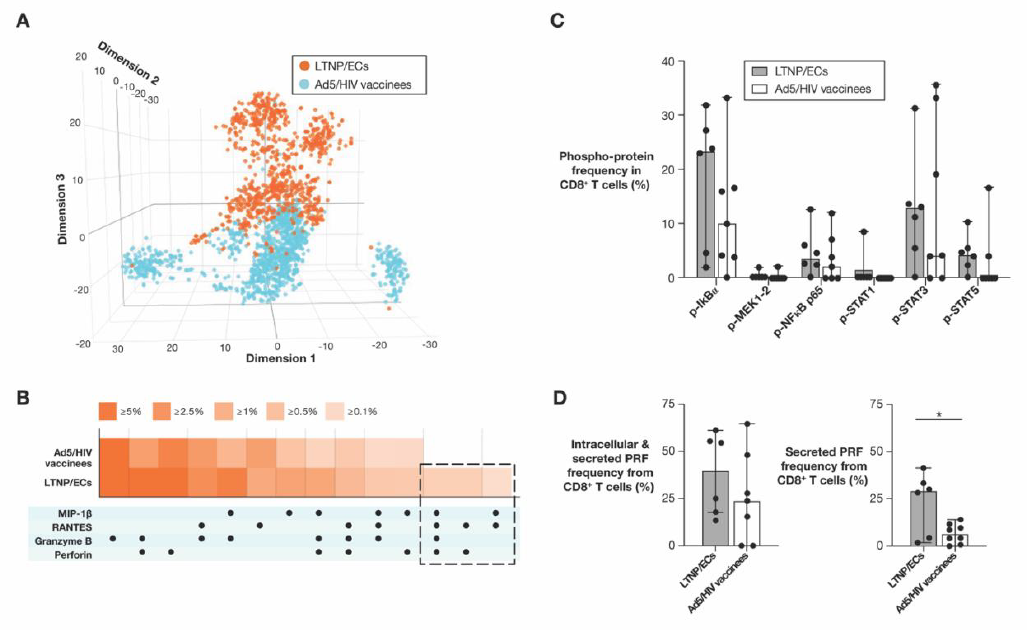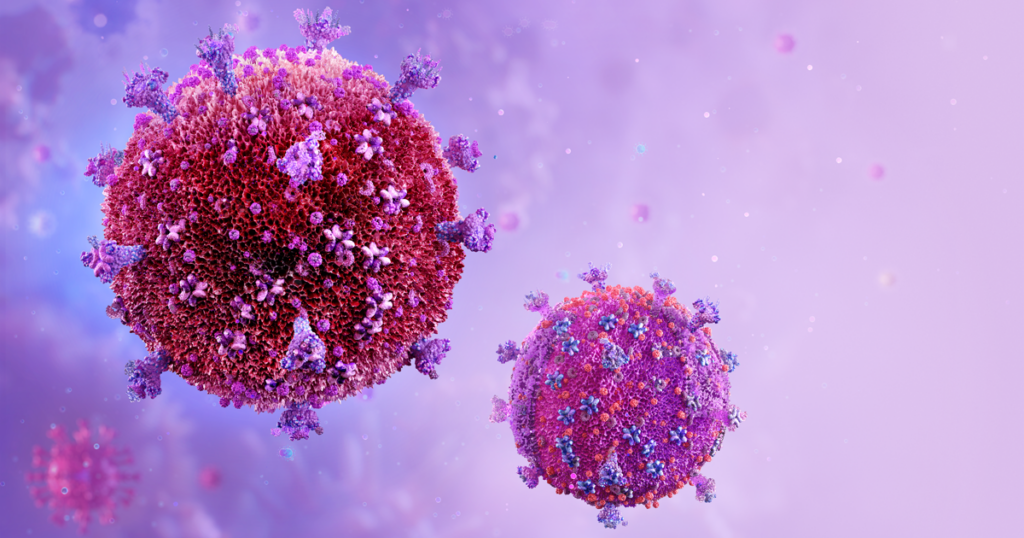Recent investigations into the mechanisms of HIV vaccination have uncovered promising new information that sheds light on why some vaccine trials have failed to show efficacy. While preclinical studies in nonhuman primates have suggested that vaccine-triggered CD8+ T cells are effective against HIV, several trials of HIV vaccines targeted to induce CD8+ T cell activation have failed to show efficacy. A recent paper published in Science by researchers at the National Institute of Allergy and Infectious Disease investigates why these vaccines may have fallen short, and how can we use this knowledge to pave the way for more successful vaccines in the future.
Unveiling Differences in Functional Subsets
To investigate the intricacies of HIV vaccination mechanisms, researchers compared the T cells of vaccine recipients with those of long-term nonprogressors/elite controllers (LTNP/ECs). Utilizing Bruker’s innovative Proteomic Barcoding technology, they conducted a detailed analysis of functional cytokine secretion and phosphoprotein levels using the IsoCode® Single-Cell Secretome and IsoCode® Single-Cell Signaling chips, respectively.
Multidimensional analysis with the IsoCode® Single-Cell Secretome platform brought forth notable differences between the groups. A tSNE plot revealed functional subsets in LTNP/ECs that included combinations of Granzyme B, MIP-1B, Perforin, and RANTES. These findings hinted at distinctive immune responses in LTNP/ECs compared to vaccine recipients, providing a critical starting point for further investigation.
The IsoCode® Single-Cell Signaling platform, however, showed that signal transduction phosphoproteins did not significantly differ between LTNP/ECs and vaccinees. This data indicated that activation and signal transduction might not be the primary factors behind the functional differences observed between the two groups.
While the frequency of intracellular Perforin was similar between the two groups, the secreted perforin from vaccinees was significantly lower than in LTNP/ECs. This led researchers to hypothesize that the reduced functionality of vaccinee cells may be attributed to fewer Perforin-containing multifunctional subsets and diminished Perforin secretion capabilities.

Bruker’s Proteomic Barcoding: A Game-Changing Approach
Both the IsoCode® Single-Cell Secretome and Single-Cell Signaling platforms played a pivotal role in this investigation, enabling the analysis of functional cytokine secretion and multiplexed analysis of phosphoproteins at a single-cell level. This cutting-edge technology provided a nuanced understanding of the differences between vaccine recipients and LTNP/ECs.
Implications for Future Vaccines
The study’s findings offer valuable insights into the underperformance of cells from HIV vaccinees compared to LTNP/ECs. By deciphering the mechanisms behind this discrepancy, researchers can now steer the development of better vaccines and vaccine strategies. Understanding the intricacies of immune responses is crucial for crafting targeted interventions that hold the promise of a more effective HIV vaccine.


